
After the Bogle/Hennessy squabble (here’s the latest), I’ve been digging for more details about mutual fund “supermarkets” where you can buy funds from various managers all with no transaction fee (NTF)… but at a cost. Charles Schwab introduced the concept first in the 1980s. Today, the Big 3 of fund supermarkets are:
- Charles Schwab with 2,000+ NTF funds,
- Fidelity Investments with 1,400+ NTF funds, and
- TD Amertrade with 1,600+ NTF funds
How They Work
Each of these brokers currently charge fund companies 0.40% annually of their fund assets owned through their specific NTF network. So, if a mutual fund XXXXX had $200 million of assets total but only $100 million was through Schwab, they’d have to pay 0.4% of $100m ($400k) a year to Schwab. The fund has to then pass this cost onto investors. However, the annual expense ratio charged to fund investors has to be the same for everyone, no matter where they hold the fund. Therefore, the investors that own the fund through cheaper or more direct means are effectively subsidizing the NTF investors.
Result: Although they are cheaper to buy and sell, NTF funds tend to be more expensive when you look at their annual expense ratios.
TD Ameritrade raised their fee from 0.35% to 0.40% in April 2010 to match the other two, according to this InvestmentNews article. There is speculation now if this means Fidelity and Schwab may raise their rates again as well. Part of this is due to the fact that after the recent financial crisis there is even less competition, due to closures and mergers. (TD Ameritrade itself is a result of a merger of TD Waterhouse and Ameritrade .)
From this Kiplinger’s article, NTF funds can also hurt your net performance in other ways:
NTF funds typically receive a tidal wave of money when performance is red-hot. The money flows out just as rapidly when returns cool. That swift ebb and flow of dollars hurts a fund’s long-term returns because it forces managers to buy and sell securities at times when they may be better off doing the opposite. In-flows and out-flows are usually much less volatile for funds that are outside NTF networks.
The Convenience Factor
If you’re a small fund company, it’s probably a lot of work to sell directly to shareholders, and also you lack the marketing might of the big brokers. From a investor point-of-view, beyond avoiding any transaction fees, we also love convenience. From this RIABiz article:
Schwab and its rivals have gotten a stranglehold on the distribution of mutual funds because they are in the best position to provide the convenience of one-stop shopping and one-statement viewing that no individual mutual fund company ever could.
“It is true that investors can go direct to many of the larger fund families, but they give up a consolidated view of their accounts when they do that,” Ellis says. “We know that clients value that single report that shows all their holdings.”
If You Don’t Pay, You Can’t Be A Top Pick
Each of the brokers has their own “preferred” set of funds that they promote to their customers. Well, you can’t be one of these funds unless you pay the money to be in their NTF platform. Check out Fund Picks from Fidelity, OneSource Select from Schwab, and the Premier List from TD Ameritrade.
Yup, they are “specially screened” alright… and the first screen is if the check cleared… Pay to play.
Do Huge Funds Get Special Discounts?
What about the big boys? Are these fees set in stone or is their a discount for funds with huge assets? Apparently, TD Ameritrade is much more flexible than the others. Perhaps that has helped them grow so fast. From the same InvestmentNews article:
TD Ameritrade is negotiating with fund companies that have low expense ratios and can’t afford the new fee, said one fund company official familiar with the situation, who asked not to be identified. Schwab and Fidelity are not as flexible, the official said.
More proof of this is that T. Rowe Price is now a NTF fund at TD Ameritrade. From the MutualFundWire article Did TD Give T. Rowe a Deal?:
In the past, T. Rowe Price has been reticent to join the NTF platforms, preferring to have shareholders who purchase shares through the marts to pay the transaction fee thereby keeping shareholders who buy directly from subsidizing the sales. T. Rowe Price’s brand is popular with advisors, which may give it a leg up in negotiations with the mutual fund supermarkets, say industry insiders.
A source familiar with the situation said T. Rowe Price is paying “significantly less than 40 bps” TD Ameritrade has been charging other mutual fund firms since early this year when it raised its fee from 35 bps. Just how much less than 40 bps the fund firm is paying could not be learned.
T. Rowe Price is known for their relatively low fees on their actively-managed mutual funds, which combined with their good past performance has created a very strong following of investors and financial advisors. I’m not sure if I would see this as a good or bad thing. If they can increase asset size without hurting performance, then in theory TRP can maintain their low costs for all investors. I guess we’ll see.
Fund Families Fight Back?
As fees keep rising, an analyst from the RIABiz article mentioned above thinks small funds may band together to revolt:
“As fees increase and the platforms capture more of the value stream, I would not be surprised to see smaller mutual fund families, faced with extinction, combining into a sort of ‘open architecture fund warehouse,’ and pull their diminished fund sales from the platforms,” he says. “A fund co-op could undercut Fidelity, Schwab and TD Ameritrade while still providing a single report.”
I think this would be awesome, and relatively easy to set up in this digital age. Good idea for a start-up?
Vote With Your Money
It’s interesting to see how such funds are distributed and promoted behind the scenes, but in the end it is up to us investors to vote with our money. If you think it’s worth it to buy NTF funds through one of these brokers, then you can continue doing so. But look around, there may be similar funds out there that are cheaper to own. Look at fund companies like Vanguard, PIMCO, and Dodge & Cox that don’t do NTF hardly anywhere. In addition, smaller fund supermarkets like E-Trade may charge less and thus offer a more options.
 PineCone Research remains one of the better paying and reliable survey companies, with a payout of $3 (check or PayPal) for each 15-minute online survey. The annoying part is that they only take applications intermittently. Here is the current
PineCone Research remains one of the better paying and reliable survey companies, with a payout of $3 (check or PayPal) for each 15-minute online survey. The annoying part is that they only take applications intermittently. Here is the current 
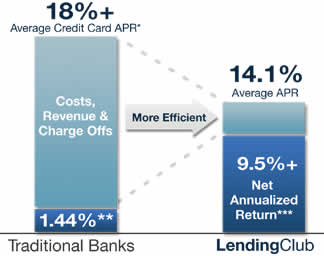

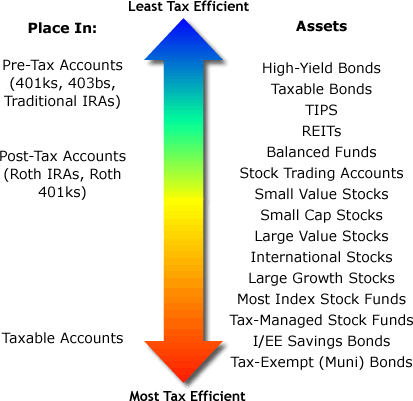
 OptionsXpress.com (OX) is a online brokerage site that specialized in options and futures trading, but has since expanded their offering to be one-stop-shop – offering stocks, bonds, brokered CDs, and mutual funds. Like some of you, I signed up a while back when they were offering a fat bonus (very limited-time offer). Since I have an account, here’s a user’s review of the broker.
OptionsXpress.com (OX) is a online brokerage site that specialized in options and futures trading, but has since expanded their offering to be one-stop-shop – offering stocks, bonds, brokered CDs, and mutual funds. Like some of you, I signed up a while back when they were offering a fat bonus (very limited-time offer). Since I have an account, here’s a user’s review of the broker.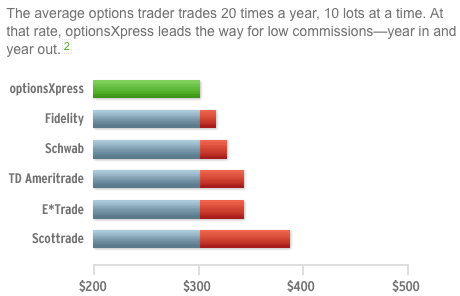
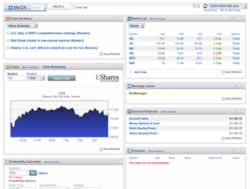
 OptionsXpress has a current promotion offering new customers a $100 bonus if they open an account with at least $500 and make 3 trades with a year.
OptionsXpress has a current promotion offering new customers a $100 bonus if they open an account with at least $500 and make 3 trades with a year.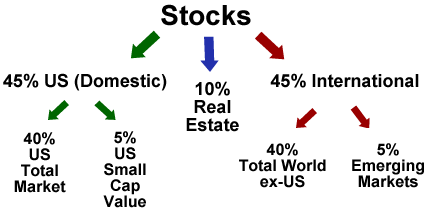
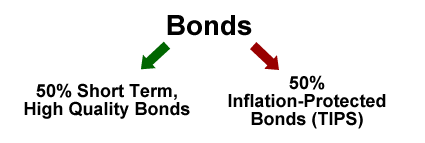

 I was going through some old financial files and came across an old E-Trade statement which was my first brokerage account and found my first shares of stocks ever purchased in August of 2001. This was after the dot-com bubble burst, and I was still in grad school. I had managed to save up $1,000 and promptly invested it after pretty much zero research:
I was going through some old financial files and came across an old E-Trade statement which was my first brokerage account and found my first shares of stocks ever purchased in August of 2001. This was after the dot-com bubble burst, and I was still in grad school. I had managed to save up $1,000 and promptly invested it after pretty much zero research:  Now that I’m flying a lot more again, I’m back in the hunt for some frequent flier perks. I just came across the new Continental Airlines OnePass Plus Card from Chase, which has a pretty nice mix of perks for travelers.
Now that I’m flying a lot more again, I’m back in the hunt for some frequent flier perks. I just came across the new Continental Airlines OnePass Plus Card from Chase, which has a pretty nice mix of perks for travelers.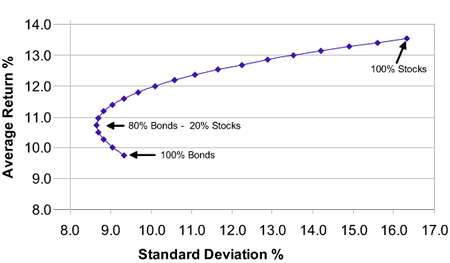
 The Best Credit Card Bonus Offers – March 2024
The Best Credit Card Bonus Offers – March 2024 Big List of Free Stocks from Brokerage Apps
Big List of Free Stocks from Brokerage Apps Best Interest Rates on Cash - March 2024
Best Interest Rates on Cash - March 2024 Free Credit Scores x 3 + Free Credit Monitoring
Free Credit Scores x 3 + Free Credit Monitoring Best No Fee 0% APR Balance Transfer Offers
Best No Fee 0% APR Balance Transfer Offers Little-Known Cellular Data Plans That Can Save Big Money
Little-Known Cellular Data Plans That Can Save Big Money How To Haggle Your Cable or Direct TV Bill
How To Haggle Your Cable or Direct TV Bill Big List of Free Consumer Data Reports (Credit, Rent, Work)
Big List of Free Consumer Data Reports (Credit, Rent, Work)